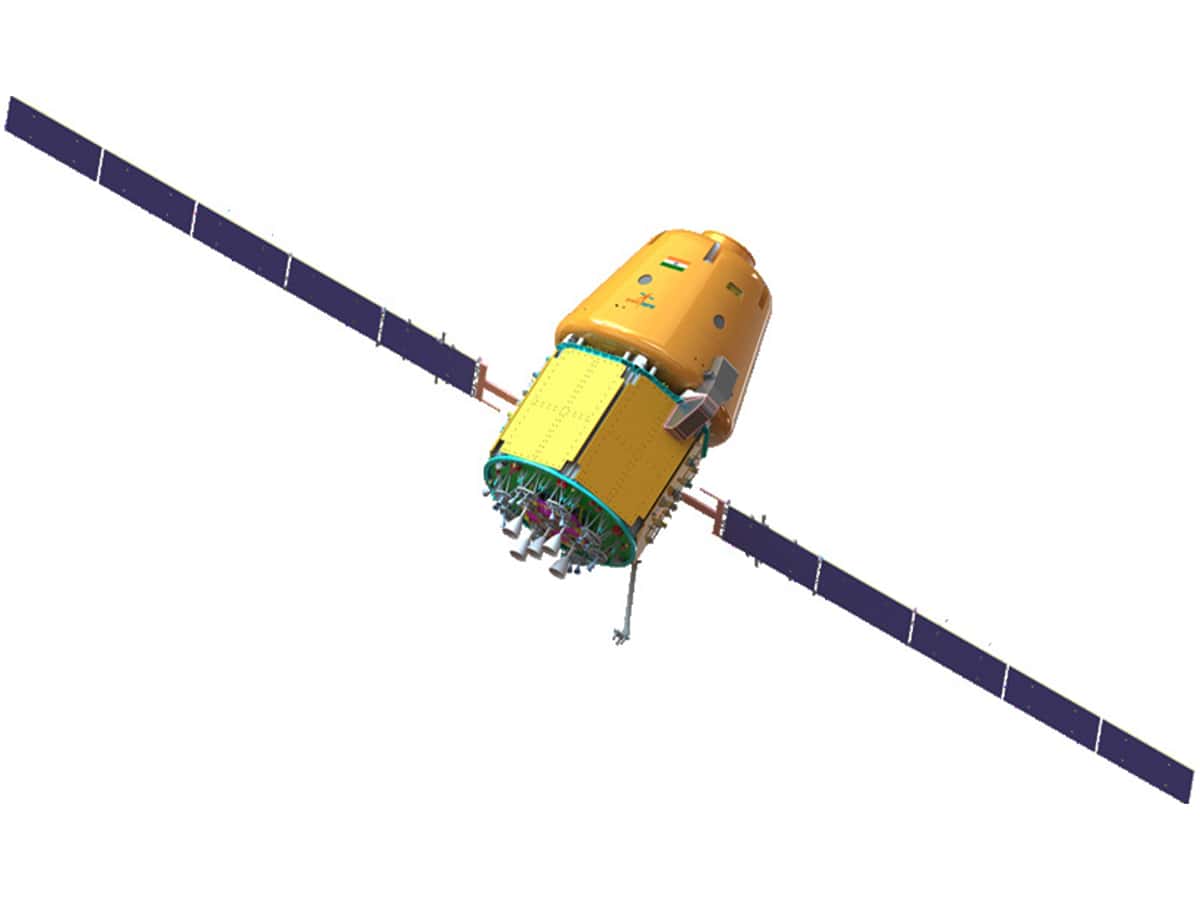
With Chandrayaan-3 Moon mission almost over and Aditya L1 spacecraft heading towards the Sun, a confident ISRO is all geared up to get onto Gaganyaan project, with the first trial flight slated for October 21.
Project Gaganyaan (Celestial Vehicle) envisages putting humans into space. It is perhaps India’s most ambitious space project till now. The Narendra Modi government allocated Rs 10,000 crore to the mega project with the intent of sending Indians into outer space in a major announcement on Independence Day in 2018.
The initial target was to achieve this crowning glory in space by 2022, when India celebrated its 75 years of Independence. But, COVID-19, developmental and astronaut training challenges in Russia etc., delayed the project.
If all goes well with the preparations and trials, as per the revised schedule, India will be able to send its astronauts into space in an indigenous launch vehicle by the end of 2024. It will be exactly 40 years after the first Indian astronaut–Sqdr Ldr Rakesh Sharma went into space aboard a Soyuz spacecraft of the erstwhile Soviet Union in 1984.
October 21 is Test Flight Day
The October 21 test flight of the Gaganyaan Test Vehicle Development flight (TV-D1) will be the first of the trial flights that the Indian Space Research Organisation has planned before an Indian astronaut will fly to space powered by the GSLV (Geosynchronous Satellite Launch Vehicle Mk3) or LVM rocket.
The ISRO will conduct three more, unmanned test vehicle missions after the maiden TV D-1 flight from the Sriharikota spaceport, according to the ISRO Chairman, S Somanath. Meanwhile, the much hailed, successful Chandrayaan-3 mission has been silently relegated to the background by ISRO. The faint hopes of reactivating the Lander (Vikram) and Rover (Pragyan) after September 22 failed with both not responding to the remote commands and signals.
The mission was designed to land near the South Pole region then the rover would move around and gather important visual data in 14 days (equivalent to one Lunar day). Thereafter, plan was to put the modules to sleep on September 6 for next 14 days (lunar night) and hope to revive after. Lunar nights are harsh and require extra preparations, which the ISRO did not focus in the Chandrayaan-3 mission.
The other big ticket Solar mission-Aditya L1 launched on September 2 by the PSLV-C57 rocket is well and truly on its course to reach its destination called Lagrange Point L1 in mid January 2024. Last week, ISRO scientists performed a trajectory correction manoeuvre on the Aditya L1 spacecraft.
Gaganyaan on the Go
The Gaganyaan project envisages the demonstration of India’s capability to send humans to the low earth orbit and bring them back. The first objective is to launch a 3-member human crew to an orbit of 400 km and bring them back to earth safely by landing in Indian Sea waters.
The ISRO plan is to send a crew of three astronauts for three days to space in its maiden manned flight. The prerequisites for such a complicated mission is the development of many critical technologies, including a human-rated launch vehicle, training of the astronauts to handle the conditions in space, manoeuvres to bring back the spacecraft etc.
While the technology part has seen considerable development from the ISRO side, the launch vehicle-LVM3 is ready and about four potential candidates from the Indian Air Force selected for the space journey have already been trained in basics in Russia and at the Astronaut Training Facility in Bengaluru.
According to the ISRO, the October 21 test flight will be an abort mission in which the crew module will be separated from the rocket at an altitude of 11 km. Thereafter, it will fly a few more kilometre and return to land safely on water. The TV-D1will also test the efficacy of the crew escape system, a critical part of the Gaganyaan mission.
Crew Module is ready
According to the plan announced, the important exercise to be undertaken will be the crew module which has to finally carry the astronauts to outer space and bring them back to the earth. The module will be recovered by the Indian Navy personnel from the Bay of Bengal after touchdown.
The success of this test will set the stage for the next three unmanned mission and ultimately the manned mission to outer space in low Earth orbit. An interesting experiment to be carried out next year on one of the tests flights will be to carry a robot to outer space. That robot is named Vyommitra (a female robot), with humanlike face and robotic arms.
In addition to the support from Russia, the Gaganyaan project will also benefit from French cooperation. The ISRO and the French space agency, CNES have inked an agreement to this effect.

